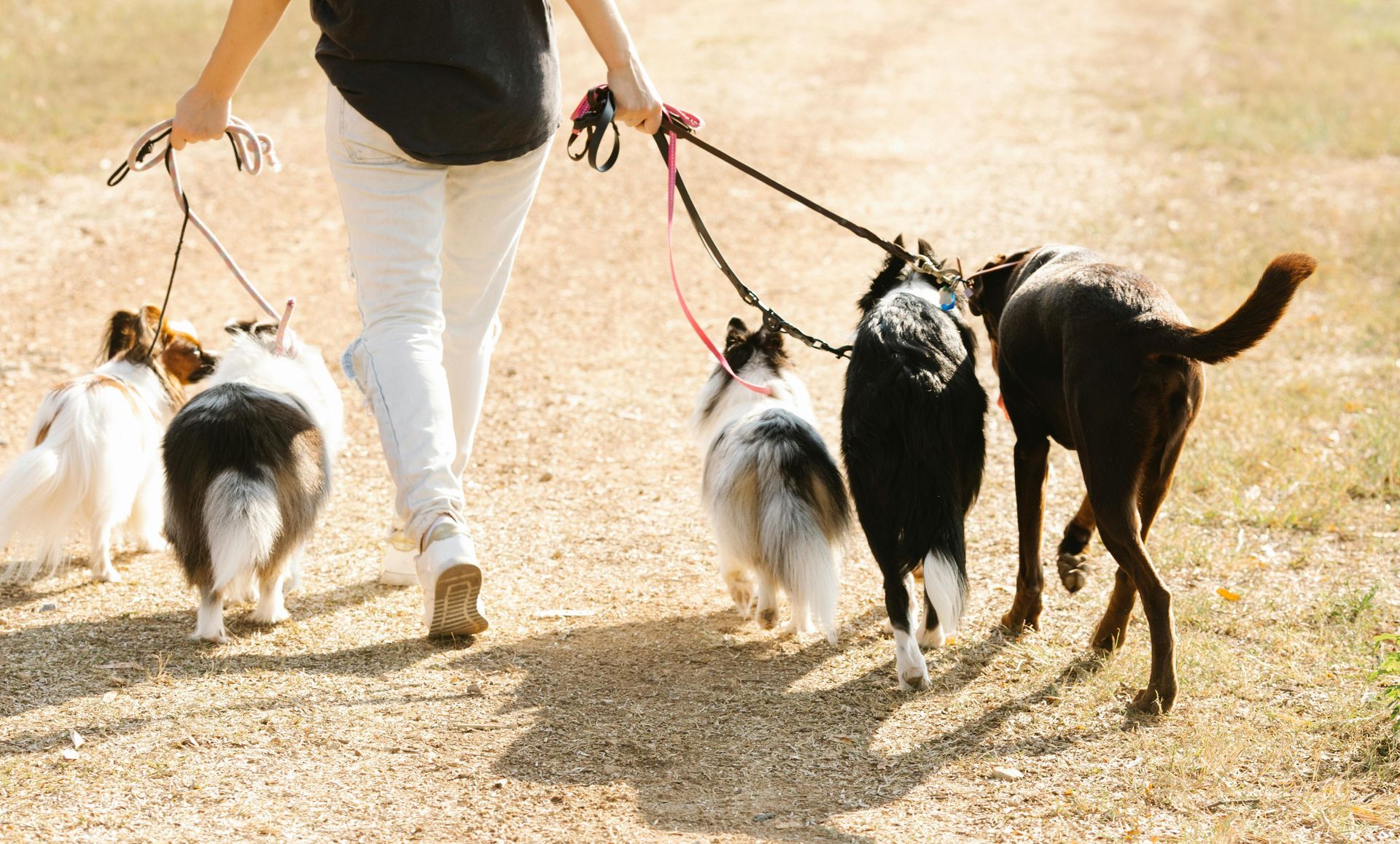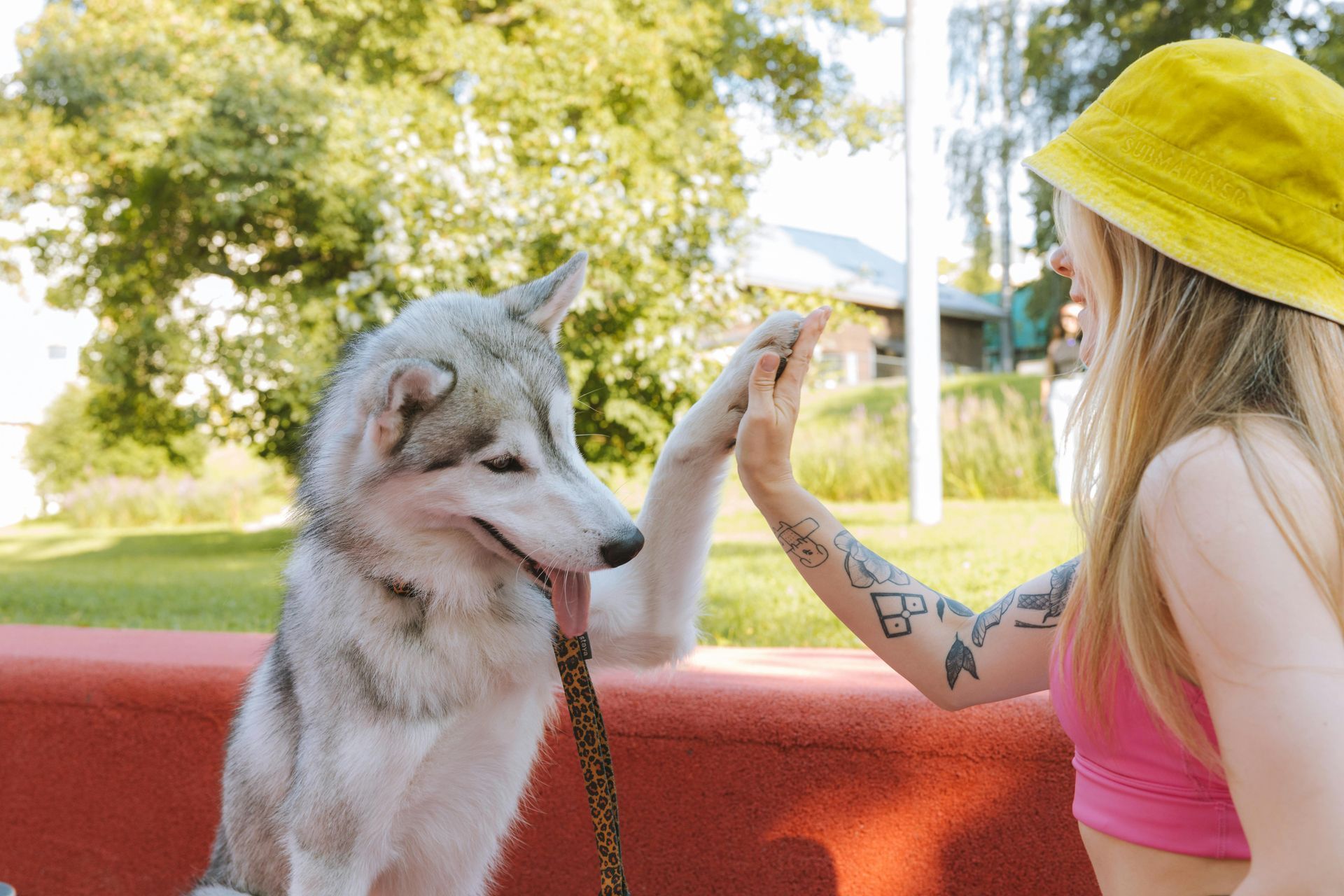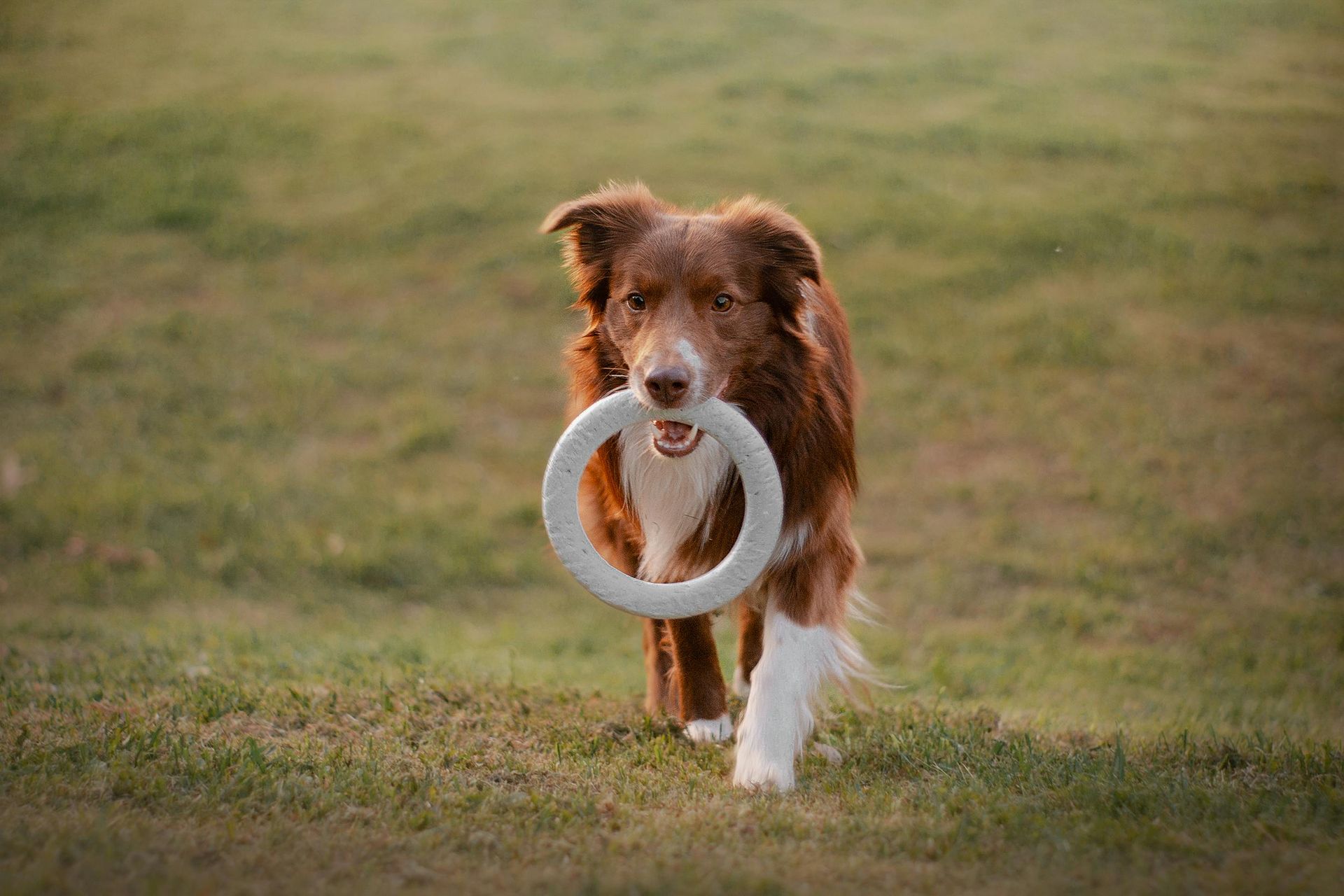Mastering the Basics: The Foundation of Effective Dog Training
Building Blocks of Obedience: Why Basic Commands Are Essential
At Best By Farr Dog Training, we understand the profound impact that a solid foundation in basic commands has on a dog’s overall well-being and their relationship with their owners. This guide delves into why these fundamental skills are indispensable in crafting a disciplined, happy, and sociable pet.
1. The Role of Basic Commands: Basic commands such as "sit," "stay," "come," and "heel" are the linchpins of effective communication between you and your dog. They serve not just as the basis for complex training but also as essential tools for everyday safety and behavior management, ensuring your dog acts appropriately across various environments and scenarios.
2. Safety First: Mastering basic commands is critical for your dog’s safety. Commands like "stay" prevent dangerous actions like darting into traffic, and "come" is crucial for recall in potentially harmful situations. These commands form the first line of defense, protecting your dog from everyday dangers.
3. Enhancing Social Interactions: Well-trained dogs who respond to basic commands are more sociable and well-adjusted. This training allows them to interact harmoniously with other dogs and people, reducing the likelihood of social frictions and enhancing their ability to participate in communal activities without disruption.
4. Reducing Behavioral Problems: Effective training of basic commands plays a vital role in mitigating common behavioral issues. It establishes a structure and hierarchy that dogs instinctively crave, leading to a calmer, more predictable animal less prone to anxiety and misbehavior.
5. Strengthening the Bond Between Pet and Owner: Training is an excellent way to deepen the bond with your dog. It involves consistent interaction, mutual understanding, and positive reinforcement that benefits both the pet and owner. This shared activity helps to cement your role as the pack leader and nurtures a profound bond of loyalty and affection.
6. Preparing for Advanced Training: A solid grasp of basic commands sets the stage for more advanced training endeavors. Whether you aim to engage in sports, service-related tasks, or complex tricks, the principles of basic obedience create a framework for any future training exercises, making them significantly more manageable and enjoyable.
7. Improving Mental Stimulation and Physical Health: Regular training sessions serve as mental and physical exercises for your dog, helping to keep them physically fit and mentally sharp. Engaging your dog’s mind and body wards off boredom and destructive behaviors, promoting a healthier lifestyle.
8. Building Confidence and Adaptability: Training instills a sense of confidence in your dog. It helps them learn to adapt to various situations and environments, increasing their confidence and ease in handling new and potentially stressful situations.
Basic obedience training is not just about commands—it’s about shaping a well-rounded, sociable, and confident companion. At Best By Farr Dog Training, we are committed to fostering an environment where basic training is seen as the cornerstone of a lifelong journey of learning and companionship. Start with the basics, and watch as a world of possibilities opens up for you and your dog. Embrace the discipline, enjoy the bonding, and celebrate the successes as your dog becomes the best they can be.
Share








